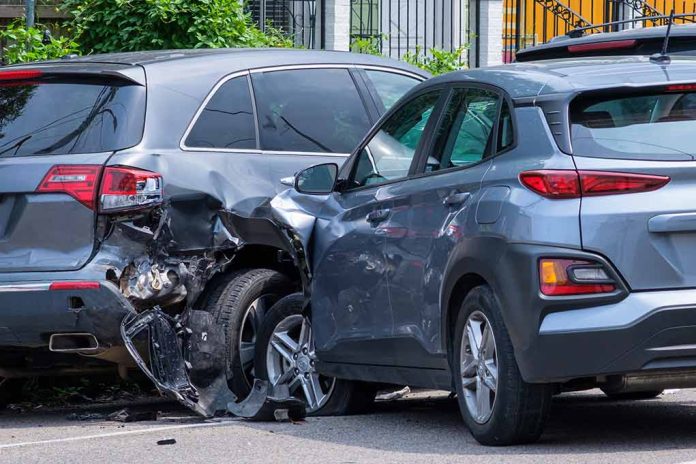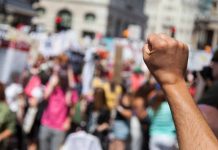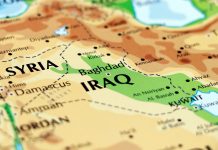
On U.S. presidential election days, a surprising spike in traffic fatalities has emerged as a national concern, prompting experts to examine potential causes and solutions.
At a Glance
- Election Day sees an 18% rise in traffic fatalities, according to original studies.
- Increased traffic, distractions, and reduced police presence contribute to the risk.
- Reanalysis suggests the risk might not be statistically significant, using newer data.
- Safety warnings and increased enforcement are recommended for safer elections.
Unveiling the Data
Research by Redelmeier and Tibshirani indicated a notable 18% increase in traffic fatalities on election days, more than on Super Bowl Sundays or New Year’s Day. Data utilized by the U.S. National Highway Traffic Safety Administration highlighted these elevated risks during specific periods of lofty public activity. Analyzing elections from 1976 to 2004, their work by associating high-risk situations with the individuals’ rush to polling stations unveiled a pattern of fatal outcomes.
Despite these findings, a reanalysis published by Fan Zhang and Peter M. Aronow challenges these conclusions. Presenting data from the Fatality Analysis Reporting System over presidential elections between 1980 and 2008, the reanalysis posits that such risks may not be significant. They argue faulty methods from the original analysis may have inflated risks, finding only weak evidence for increased dangers during election hours.
Musk's X ineffective against surge of US election misinformation, report says – https://t.co/1o2WFlkzSF
— Jonathan Landay (@JonathanLanday) October 31, 2024
Investigating Causes and Solutions
Key contributing factors to these traffic incidents include increased vehicles on the road, driver distractions, unfamiliar routes, and diminished police vigilance. Original studies pointed to broader safety trends repeating during high-activity periods, such as summer holidays. Suggestions for mitigating precarious conditions include reminders for seatbelt use, strategic management of traffic flow, and advisories for alternative transport modes.
Increasing voter awareness with safety messages has been recommended, addressing these issues in election communications. “Electioneers and public officials are urged to include safety warnings alongside their messages encouraging voter participation,” advises Maria Bagdonas.
Educational campaigns about focused driving and travel management could raise awareness, reducing hasty, emotional decisions to vote that spur destructive outcomes. Coordination between local governments and policy implementers may elevate enforcement by deploying additional resources on intersections and roads on election days.
Coalescing insights from historical studies, we see the urgency of integrating informed discussion and conscientious effort. “With the next U.S. presidential election fast approaching, safety should be prioritized, ensuring that voters can cast their ballots without becoming part of a tragic statistic,” Bagdonas reminds us.
Sensible solutions commence with cared-for education and deliberate traffic interventions. As practitioners delve deeper into complex accidents associated with election days, there is confidence that practical measures will lead us toward safer roads on consequential election days.
Sources:
- https://www.ncbi.nlm.nih.gov/pmc/articles/PMC4944447/
- https://www.npr.org/2008/10/01/95232215/on-election-day-use-extra-caution-when-driving
- https://www.nbcnews.com/health/health-news/car-crash-risk-rises-election-days-study-says-flna1c9458646
- https://jamanetwork.com/journals/jama/fullarticle/182650
- https://www.cbsnews.com/news/study-driving-deaths-increase-on-us-presidenti/
- https://www.newsweek.com/driving-deaths-surge-election-days-according-new-study-1978463
- https://dnyuz.com/2024/11/01/driving-deaths-surge-on-election-days-according-to-new-study/










